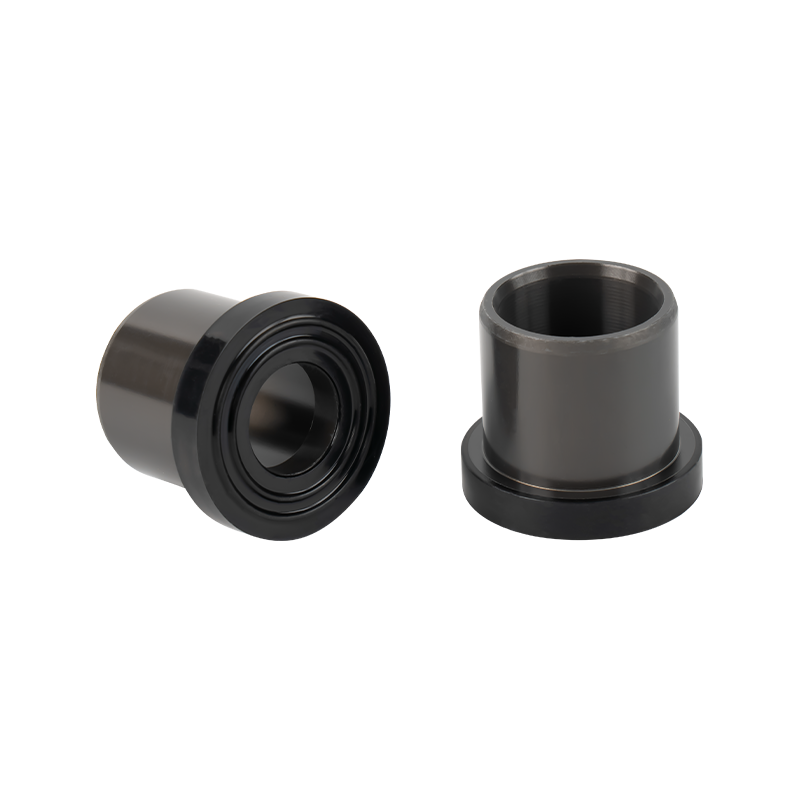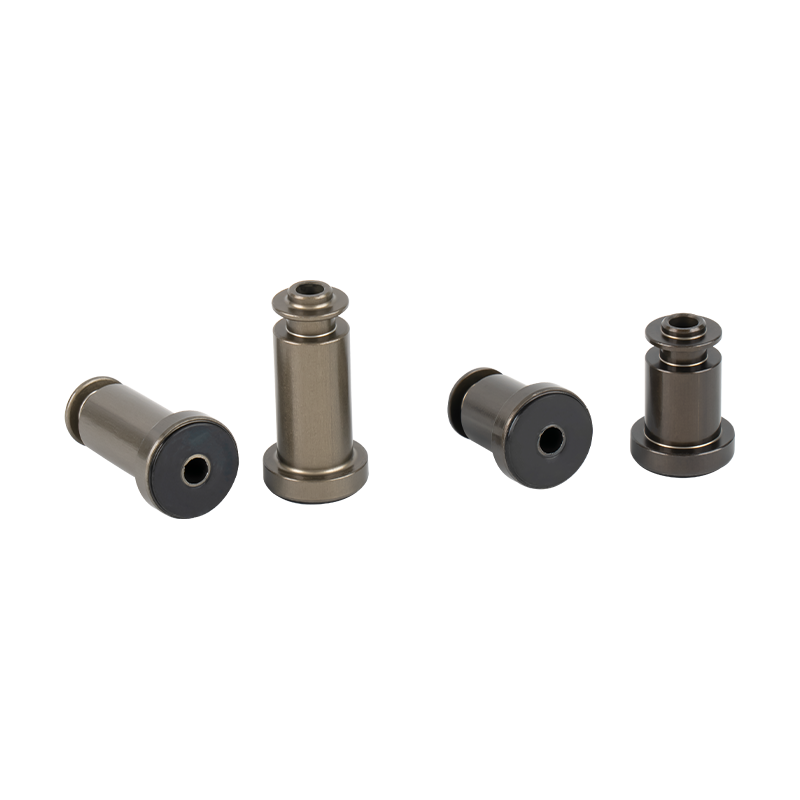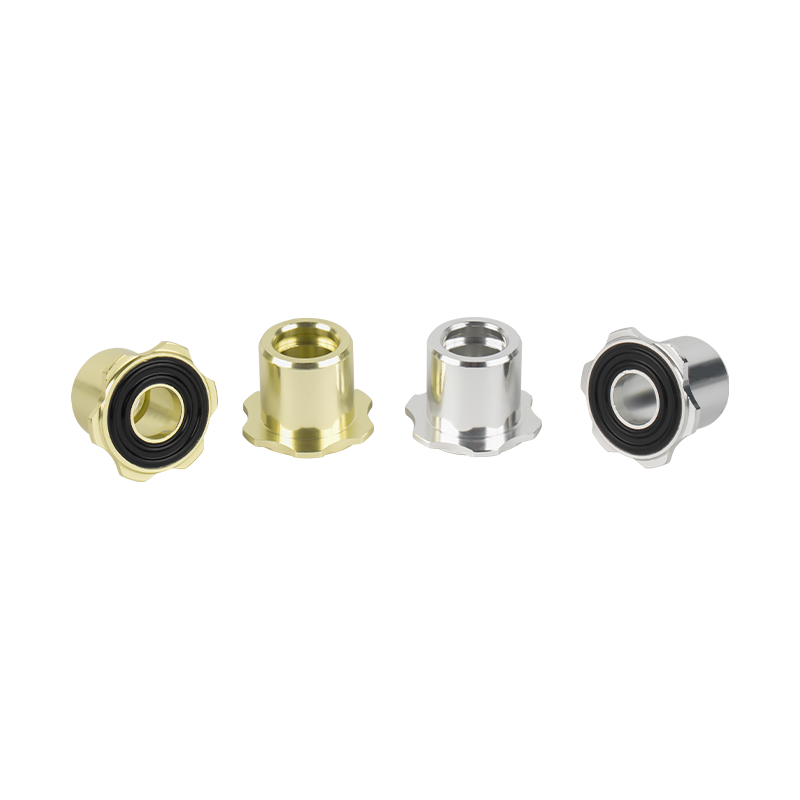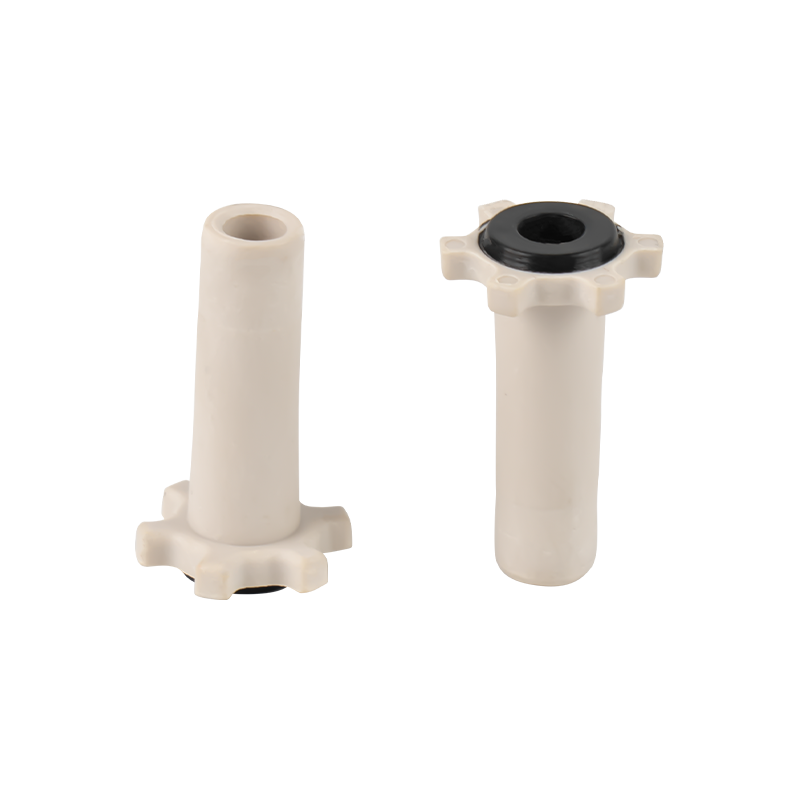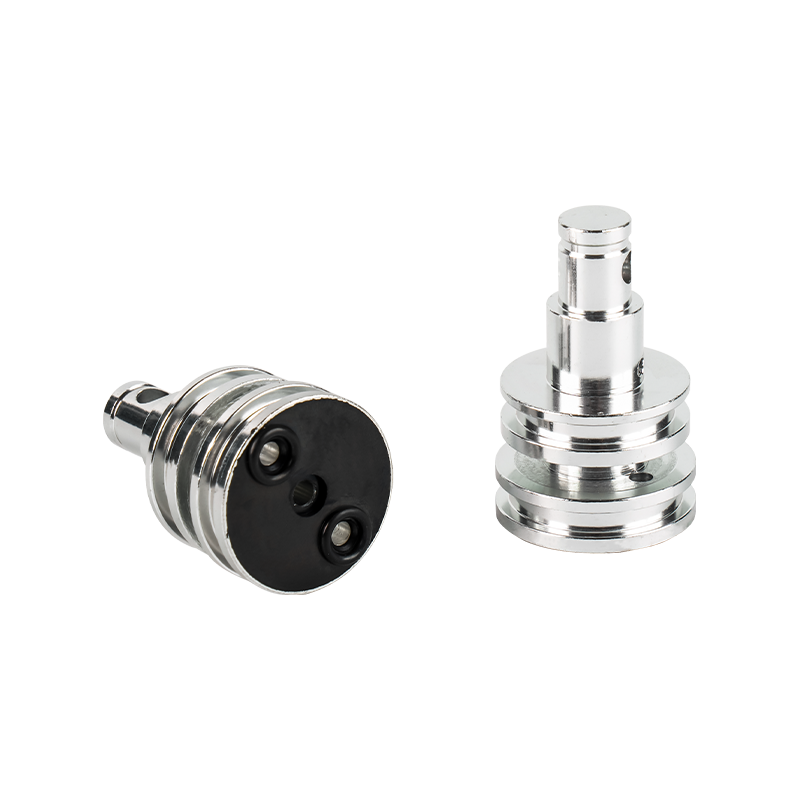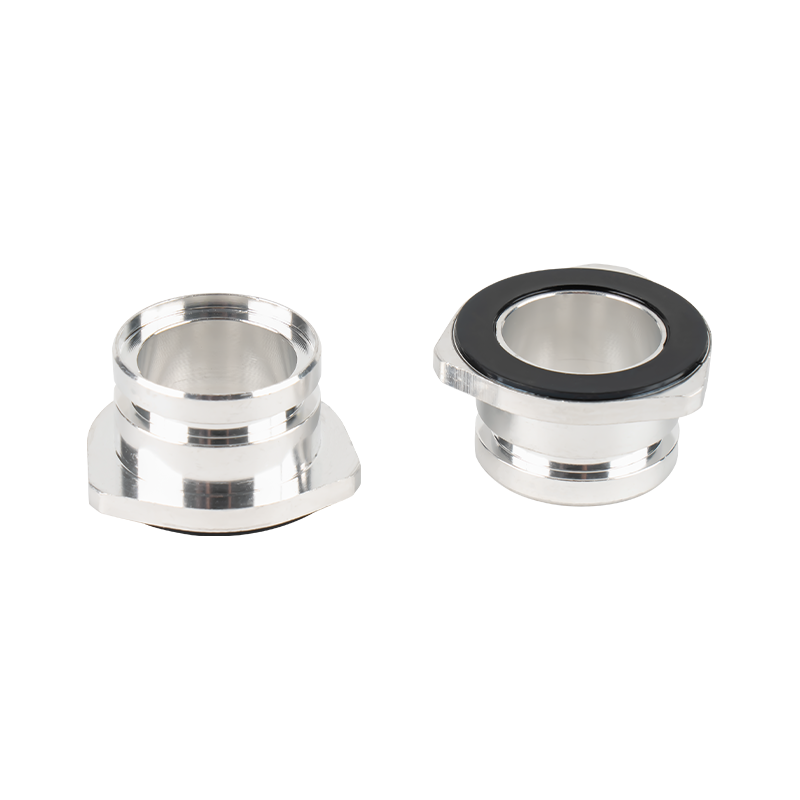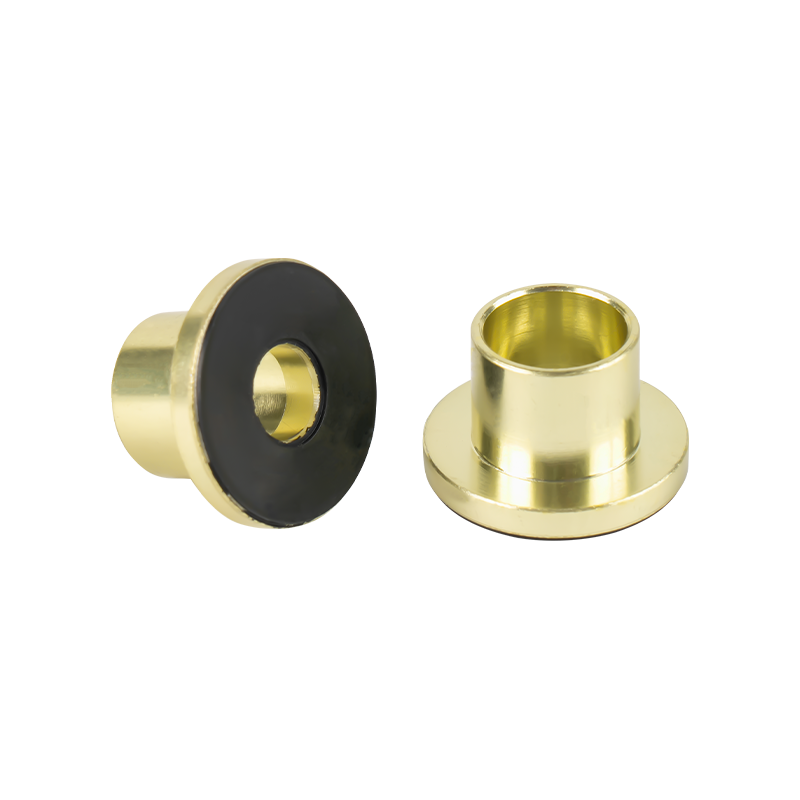How to choose leak-proof blanking caps for high-pressure equipment?
2025-11-14
Content
- 1 Which Materials Are Compatible with High-Pressure and Medium Conditions?
- 2 What Pressure and Temperature Ratings Ensure Leak-Proof Reliability?
- 3 Which Sealing Structures Are Most Effective for High-Pressure Scenarios?
- 4 How to Match Size and Installation Requirements for a Secure Fit?
- 5 What Quality and Certification Standards Should Be Prioritized?
- 6 How to Consider Long-Term Durability and Maintenance Needs?
Which Materials Are Compatible with High-Pressure and Medium Conditions?
Material selection is the foundation of leak-proof performance, as high-pressure equipment often handles diverse media and extreme environments. Common options include metal alloys (e.g., stainless steel, titanium, nickel-based alloys) and engineered polymers (e.g., PTFE, PEEK, polyurethane), each with distinct advantages. Metal blanking caps excel in high-temperature and ultra-high-pressure scenarios (exceeding 10,000 psi), offering exceptional tensile strength and resistance to corrosion from harsh media like acids, alkalis, or hydrocarbons . Polymers, by contrast, are ideal for moderate pressure ranges (up to 5,000 psi) and non-abrasive media, providing excellent chemical inertness and sealing flexibility without scratching equipment surfaces . Key considerations include compatibility with the conveyed medium (e.g., avoiding metal caps for corrosive chemicals) and environmental temperature—metal caps withstand -200℃ to 800℃, while polymers typically perform within -50℃ to 200℃ . Matching the cap material to the equipment’s base material also prevents galvanic corrosion in mixed-material systems.
What Pressure and Temperature Ratings Ensure Leak-Proof Reliability?
Pressure and temperature ratings must align with the equipment’s operating parameters to avoid failure. Blanking caps should have a pressure rating equal to or higher than the maximum working pressure of the system—overlooking this can lead to cap deformation, seal rupture, or catastrophic leaks . For dynamic pressure environments (e.g., pulsating pressure in hydraulic systems), caps with a 25-50% safety margin above the maximum working pressure are recommended. Temperature resistance is equally critical: extreme temperatures can degrade seal materials (e.g., rubber hardening in low temperatures, polymer melting in high heat) or alter the cap’s dimensional stability . It’s essential to verify the cap’s temperature range against the system’s operating and ambient temperatures, including transient spikes (e.g., during startup or shutdown) that may exceed normal limits.
Which Sealing Structures Are Most Effective for High-Pressure Scenarios?
Sealing structure directly determines leak-proof performance, with designs tailored to pressure levels and application requirements. Compression seals (e.g., O-rings, gaskets) are widely used for moderate pressures, relying on uniform compression to create a tight barrier—selecting seal materials (e.g., Viton for high temperatures, nitrile for oil resistance) compatible with the medium is key . For ultra-high pressures, metal-to-metal seals (e.g., cone-and-thread, face-seal designs) offer superior reliability, as they deform slightly under pressure to form a metal-tight bond resistant to creep and relaxation . Threaded blanking caps should feature precision machining (e.g., NPT, BSPP threads) with thread sealants (e.g., PTFE tape, anaerobic sealants) to prevent leaks through thread gaps . Additionally, self-sealing designs (which use system pressure to enhance the seal) are ideal for dynamic pressure systems, as they automatically adjust to pressure fluctuations.
How to Match Size and Installation Requirements for a Secure Fit?
Proper sizing and installation are critical to prevent leaks caused by misalignment or insufficient contact. Blanking caps must match the equipment’s port size and thread specification (e.g., metric, imperial) with zero tolerance for mismatches—even minor deviations can create gaps that allow leakage . The cap’s seating surface should be smooth and free of scratches, burrs, or debris, as irregularities can compromise the seal . Installation torque is another key factor: under-tightening leaves gaps, while over-tightening can damage threads, deform the cap, or compress seals excessively (leading to premature failure) . Using calibrated torque tools and following recommended torque values (based on cap material and size) ensures consistent, secure installation. For vibration-prone equipment, caps with locking features (e.g., locknuts, cotter pins) prevent loosening over time.
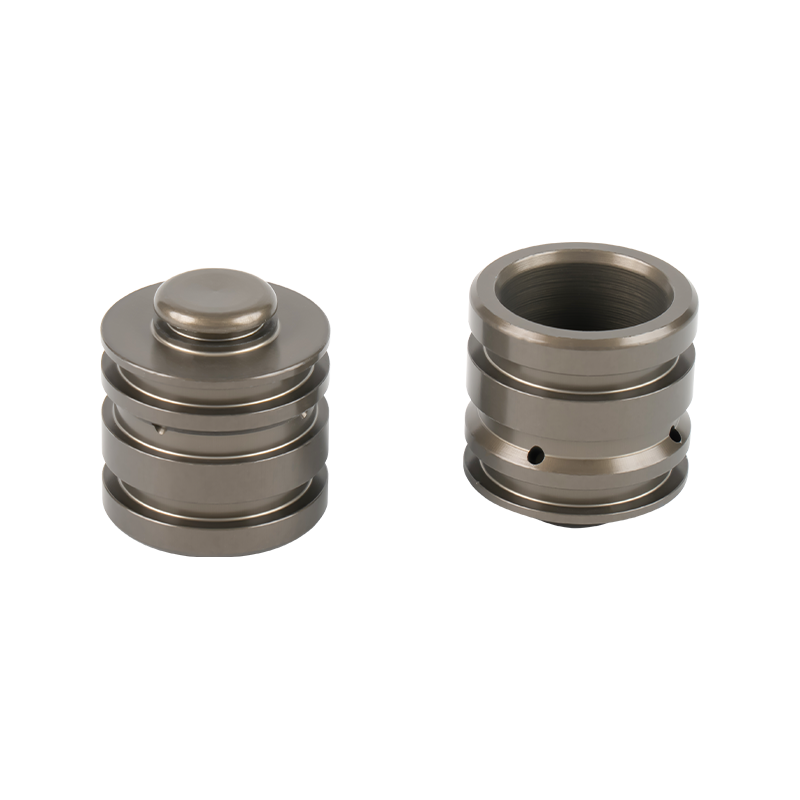
What Quality and Certification Standards Should Be Prioritized?
Adherence to quality standards and certifications ensures the blanking cap meets industry safety requirements for high-pressure applications. Look for caps compliant with international standards (e.g., ASME, ISO, DIN) that specify material composition, pressure ratings, and manufacturing tolerances . Non-destructive testing (e.g., pressure testing, ultrasonic inspection) confirms the cap’s integrity, ensuring no internal defects (e.g., cracks, porosity) that could lead to leaks . For critical applications (e.g., oil and gas, aerospace), caps with traceability documentation (e.g., material certificates, batch testing reports) provide accountability for quality . Additionally, compatibility with industry-specific regulations (e.g., FDA for food processing, API for petroleum equipment) is essential for compliance and safety.
How to Consider Long-Term Durability and Maintenance Needs?
Long-term durability reduces downtime and replacement costs, making it a key selection factor. Blanking caps should resist wear, corrosion, and material fatigue under repeated pressure cycles—metal caps with corrosion-resistant coatings (e.g., zinc plating, passivation) or polymer caps with reinforced structures offer extended service life . Low-maintenance designs (e.g., reusable seals, easy-to-remove threads) simplify inspection and replacement, while caps with visual indicators (e.g., pressure-activated seals) allow quick leak detection . It’s also important to consider the cap’s compatibility with maintenance procedures (e.g., cleaning agents, disassembly tools) to avoid damage during servicing. Selecting caps with a proven track record in similar high-pressure applications minimizes the risk of premature failure.

 English
English русский
русский 中文简体
中文简体